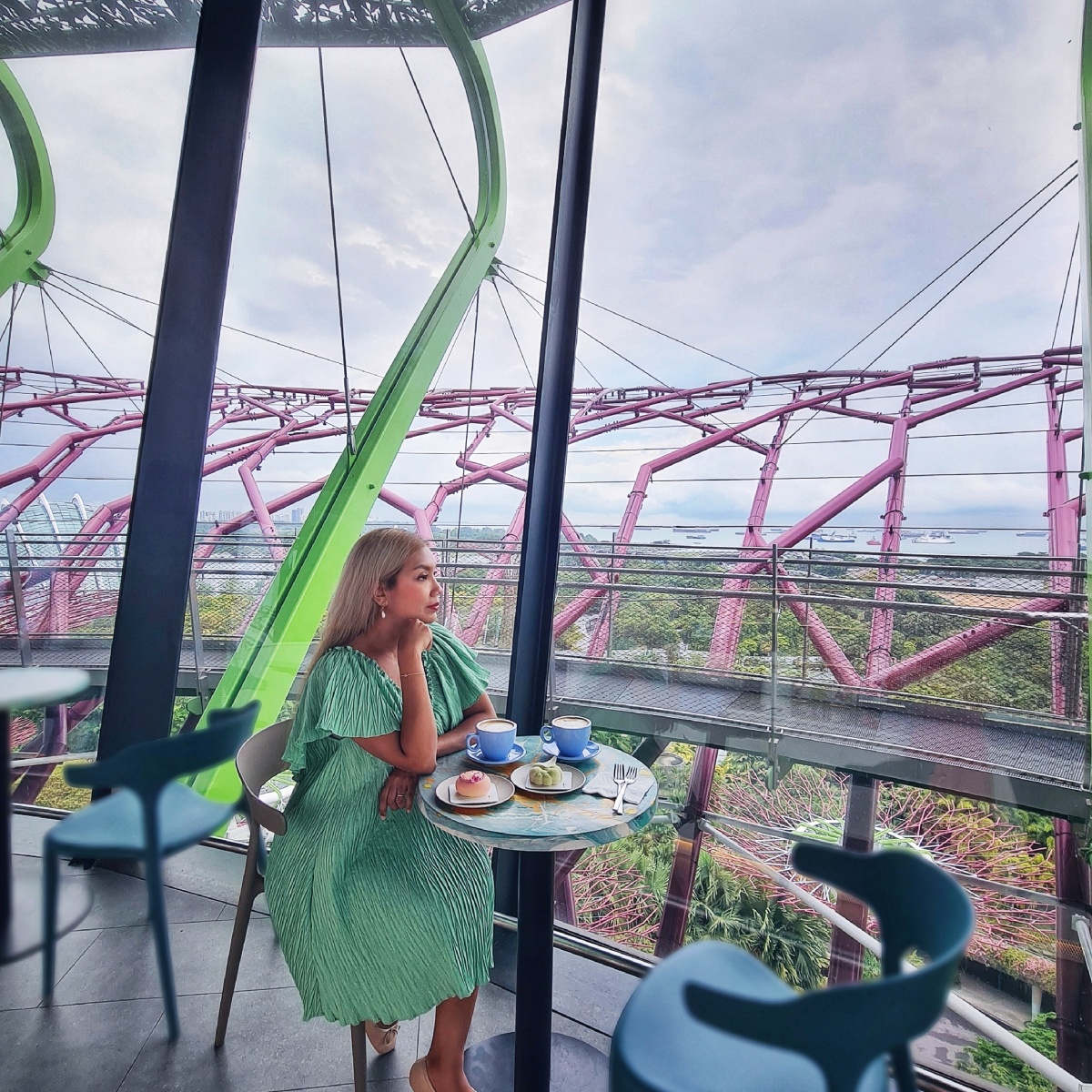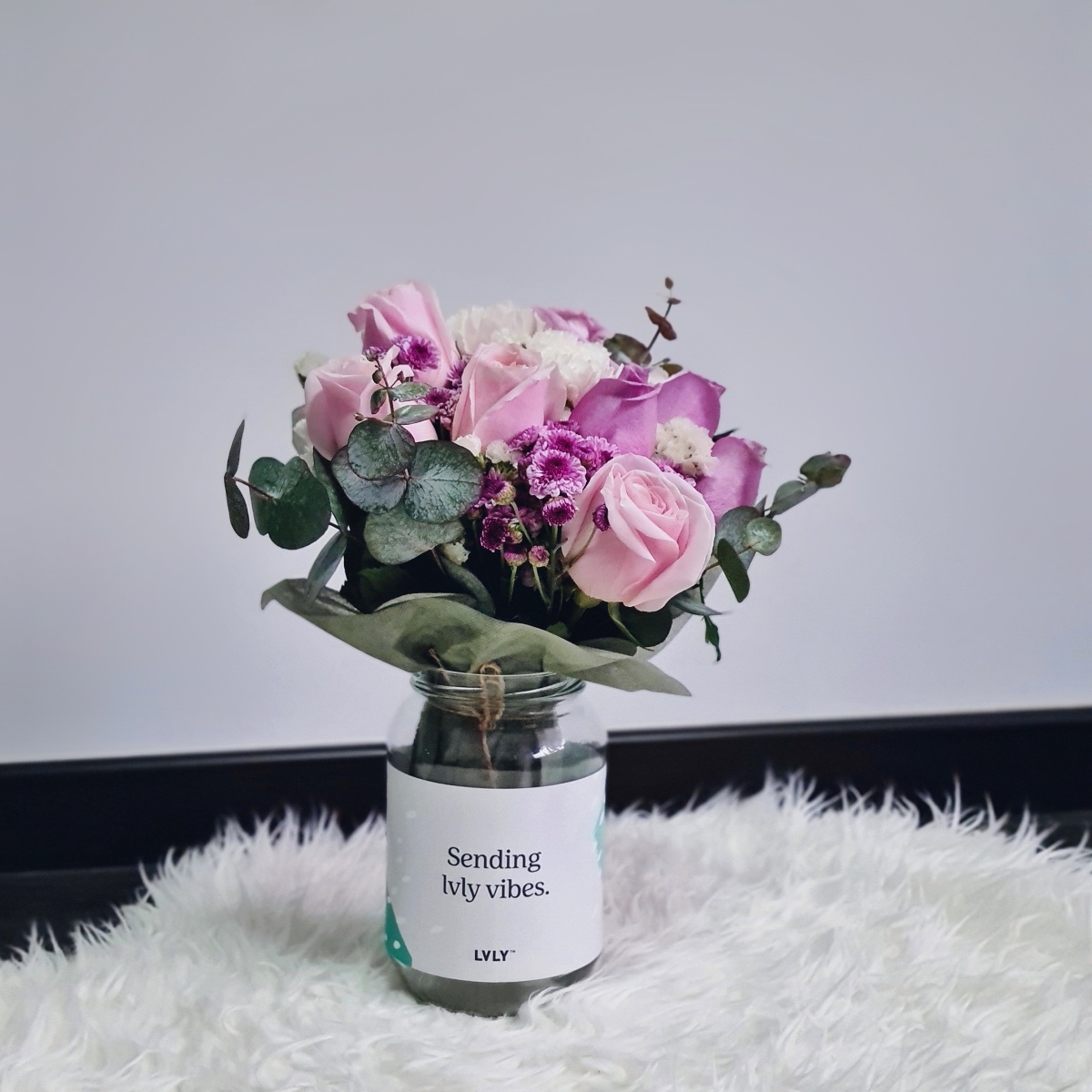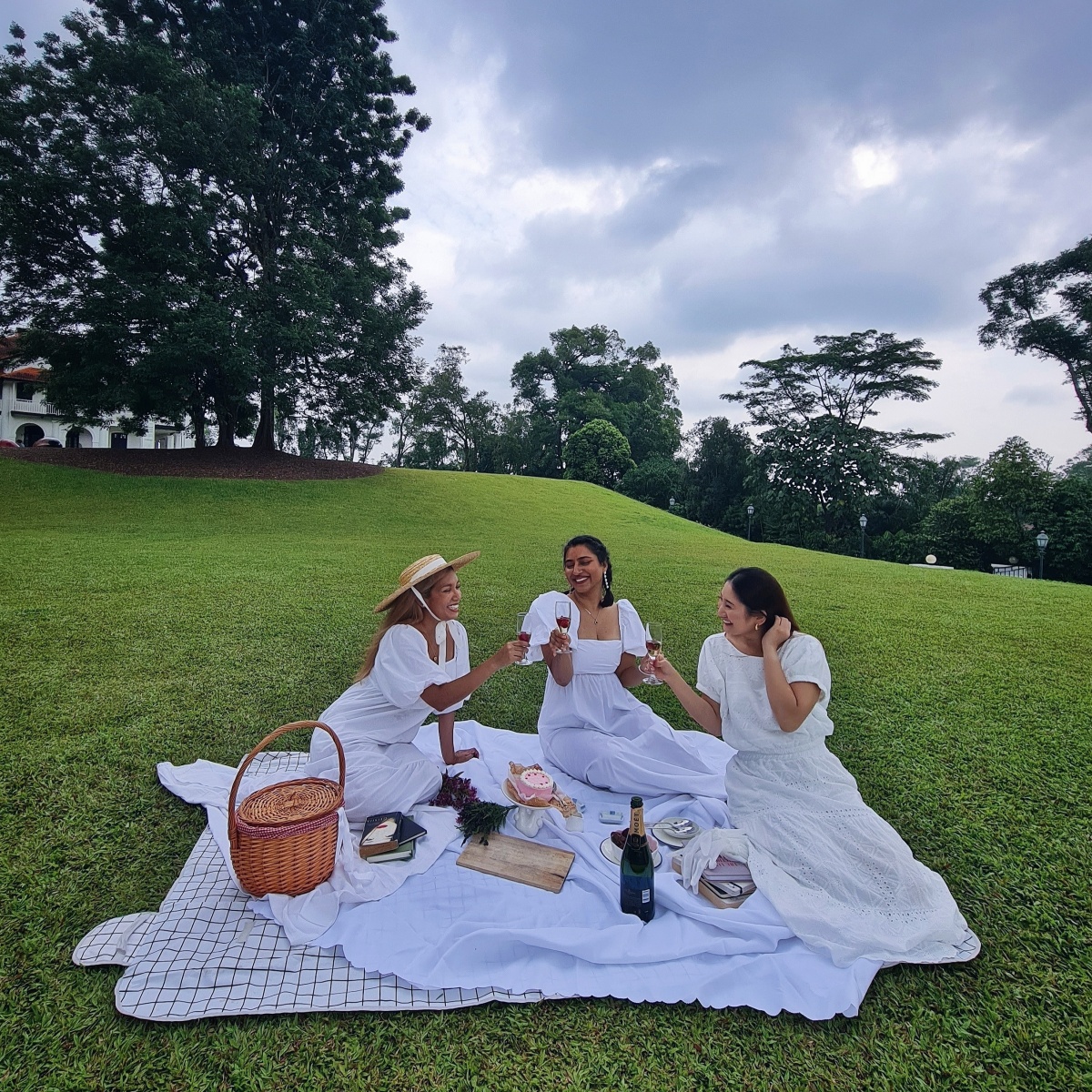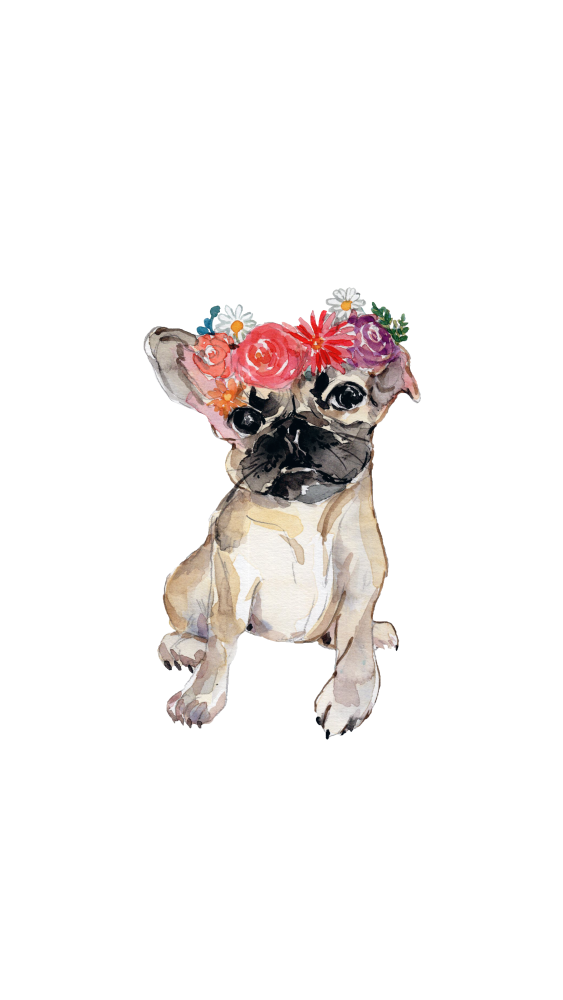
On our second day in Athens, we had a lot going on! We visit the Acropolis, the Temple of Zeus, shop in the Plaka District, watch the changing of the guards at the Tomb of the Unknown Soldier, feed some hungry pigeons, visit a Metro Station that was built on top of history itself and had an early dinner with a view.

We started early this morning to cover all that was in our itinerary as our stay in Athens was a short one and as it was at the end of winter, most of the sites and attractions would be closed as early as 3pm. As you know from earlier travel posts, I’d like to see as much as I possibly can when I visit a place because you’ll never know when you’ll be able to set foot there again.




He was clearly amused by this particular graffiti. Like some 9Gag joke come to live.
Plaka in the morning was chilly, quiet and peaceful, due to the season. Prior to coming to Greece, I’ve heard a shitload of warnings that their economy condition may render thieves, pick-pockets, kidnappers and the likes but it was not the case, at least for us. The people in Athens (and later in Santorini) were very sweet, friendly and warm with a hospitable culture, very inspiring seeing how that despite being in hard times, they still welcome their guests with open arms. Shine and myself have heard from a few shopkeepers, restaurant owners and the people at our hotels mention, “We give you our best so that you will come visit us again!“. No doubt in the future, if we can afford to come here again, we would. I love Greece and their people.

The distance from our hotel to Acropolis was walkable but requires time to locate and be prepared for a lot of uphill slopes. The view and the unique alleys are picture worthy and is an adventure all on its own. As Shine stopped by this church to ask for directions, I heard soft meowing coming from a tree nearby. I thought a cat got stuck onto it and called out to it. Turned out, it was fine and slowly climbed down the tree to greet me by rubbing around my feet. Later, it’s friend came to greet me too and then another and another. Soon there were like eight cats rubbing against my legs and I pet all of them before bidding farewell. And they all went on their merry way, hanging around together at their Cat Kingdom alley way


The Acropolis

The Acropolis of Athens is an ancient citadel located on a high rocky outcrop above the city of Athens and contains the remains of several ancient buildings of great architectural and historic significance, the most famous being the Parthenon. The word acropolis comes from the Greek words (akron, “edge, extremity”) and (polis, “city”). While there is evidence that the hill was inhabited as far back as the fourth millennium BC, it was Pericles (c. 495 – 429 BC) in the fifth century BC who coordinated the construction of the site’s most important buildings including the Parthenon, the Propylaia, the Erechtheion and the temple of Athena Nike.
The Parthenon and the other buildings were seriously damaged during the 1687 siege by the Venetians in the Morean War when the Parthenon was being used for gunpowder storage and was hit by a cannonball. The Acropolis was formally proclaimed as the preeminent monument on the European Cultural Heritage list of monuments on 26 March 2007.
The city of Athens was named after the Goddess Athena. It all started when the first king, Cecrops, who was half person and half snake, had to find a patron deity for the city state. The two Olympian Gods who were particularly interested in the patronage were Poseidon, the god of the Seas and Athena, the goddess of Wisdom and War. They presented themselves in front of Cecrops. Cecrops asked from them to offer a gift truly valuable for the city. Poseidon struck the earth powerfully and created a well with his trident. Immediately, streaming water shot forth, but the water turned out to be salty and not very useful for the population. Then, Athena stepped forward, struck her spear into the ground, kneeled and planted an olive branch in it. This way she created an olive tree to symbolize peace and prosperity on earth. Cecrops was very impressed by Athena’s gift and chose Athena to lay claim of the city and it was named after her. God Poseidon, however, was not pleased with the decision of Cecrops and cursed the city of Athens to never have enough water from then on. It is said that a major problem of water shortage started since and still continues till this day.





















The Temple of Zeus

The Temple of Zeus at Olympia was an ancient Greek temple in Olympia, Greece, dedicated to the God Zeus. The temple, built between 472 and 456 BC, was the very model of the fully developed classical Greek temple of the Doric order.
It use to house the renowned statue of Zeus, which was one of the Seven Wonders of the Ancient World. The Chryselephantine statue was approximately 13 meters high and was made by the sculptor Phidias in his workshop on the site at Olympia. He took about twelve years to complete it. On his head was a sculpted wreath of olive sprays. In his right hand, he held a figure of Nike, the goddess of victory, also made from ivory and gold, and in his left hand, a scepter made with many kinds of metal, with an eagle perched on the top. His sandals were made of gold and so was his robe. His garments were carved with animals and with lilies. The throne was decorated with gold, precious stones, ebony, and ivory. The statue was the most famous artistic work in Greece.
In 426 CE, Theodosius II ordered the destruction of the sanctuary, and earthquakes in 522 and 551 devastated the ruins and left the Temple of Zeus partially buried. The site of the ancient sanctuary, long forgotten under landslips and flood siltation, was identified in 1766. In 1829 a French team partially excavated the Temple of Zeus, taking several fragments of the pediments to the Musée du Louvre. Systematic excavation began in 1875, under the direction the German Archaeological Institute and has continued with some interruptions to the present time.


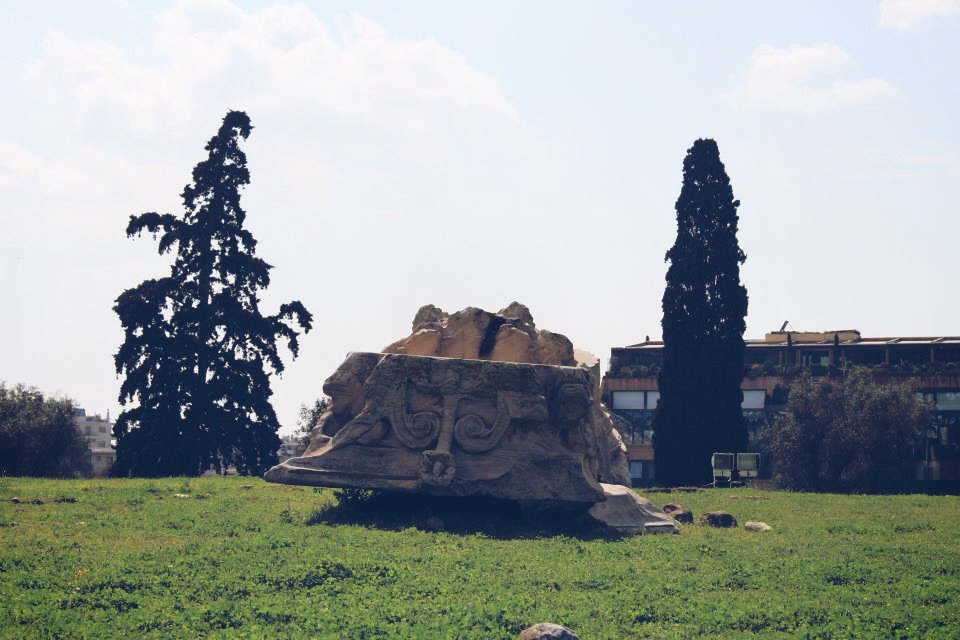



This was a rather quiet site, so much different from the hustle and bustle of the Acropolis. Its sad how the grandeur of one of the greatest pieces of art on earth is reduced to broken pieces. Still, it’s amazing when you think we were standing on the grounds of one of the Seven Wonders of the Ancient World.
Tomb of the Unknown Soldier

A Tomb of the Unknown Soldier refers to a monument in dedication to the services of an unknown soldier and to the common memories of all soldiers killed in any war. Such tombs can be found in many nations and are usually high-profile national monuments. Throughout history, many soldiers have died in wars with their remains being unidentified. Following World War I, a movement arose to commemorate these soldiers with a single tomb, containing the body of one such unidentified soldier.
Tomb of the Unknown Soldier in Athens is on Syntagma Square. Two quotations by Thucydides from Pericles’ Funeral Oration are inscribed on the retaining wall: Μία κλίνη κενὴ φέρεται ἐστρωμένη τῶν ἀφανῶν (“… and one bed is carried empty, made for the unknown ones”) and Ἀνδρῶν ἐπιφανῶν πᾶσα γῆ τάφος (“The whole earth is the burial ground of famous men”). The inscriptions flank a central sculpture in low relief, depicting a dying hoplite. The monument is guarded round the clock by the Evzones of the Presidential Guard. You will be able to witness the changing of the guards every hour of the day.




While we were here before the changing of the guards began, a man came up to Shine and put seeds into his hands and a massive amount of pigeons fed from it! It caught us off guard and the guy took some polaroid of us and the pigeons. It was a clever trick to make some money off tourists like us but we did have a lot of laughs from it. The guy gave us the rest of the packet of seeds so I decided to finish the whole packet by feeding it all to them greedy birds.


Syntagma Station

The metro stop for the Greek Parliament, Syntagma Square, boasts one of the largest archaeological excavation in the city’s history. They uncovered tens of thousands of artefacts in the process (estimates range from an impressive 30,000 to a staggering 50,000). Since in ancient times this area lay outside the city walls, it was a natural location for cemeteries, starting as early as the 11th century BC/BCE. The station thus exhibits several finds, including grave goods, ancient Greek plumbing uncovered during the excavations and building of the metro. The end result is both a greater knowledge of Athens’ buried history and metro stations which double as museums.







After visiting most of the historical sites Athens had to offer, we finally settled to doing our shopping at the Plaka.








We had an early dinner as we got hungry from all that shopping and site-seeing. We decided to eat at the rooftop of our hotel while enjoying the view of the Acropolis.






As we were sipping our coffee and tea, we talked about our future and time together. Its nice to see how far we’ve come and the beautiful memories we will make together.

And so, I end this half of our Athens Couplemoon of us with those cray hungry pigeons at Syntagma Square.
Sometimes, life can be impromptu. Things happen when you least expect it. It leads you through paths you didn’t plan of taking and fall in love with people you never thought you’ll meet.
Stay tuned for the next part of our Couplemoon series as we take you to Santorini.
More from the Couplemoon Series:
Our First Couplemoon (Part V)
For the final episode of our Couplemoon in Greece, we bring you to the Red Beach in Akrotiri, visit the…
Our First Couplemoon (Part IV)
On this episode, we walked down 600 flights of stairs down Old Fira Port, ride on a Pirate Ship to…
Our First Couplemoon (Part III)
This episode would be a short one because I fell ridiculously sick! I was really scared because I have never…
Our First Couplemoon (Part I)
Before I begin this travel series, I would first like to mention that I know the term ‘Couplemoon’ does not…
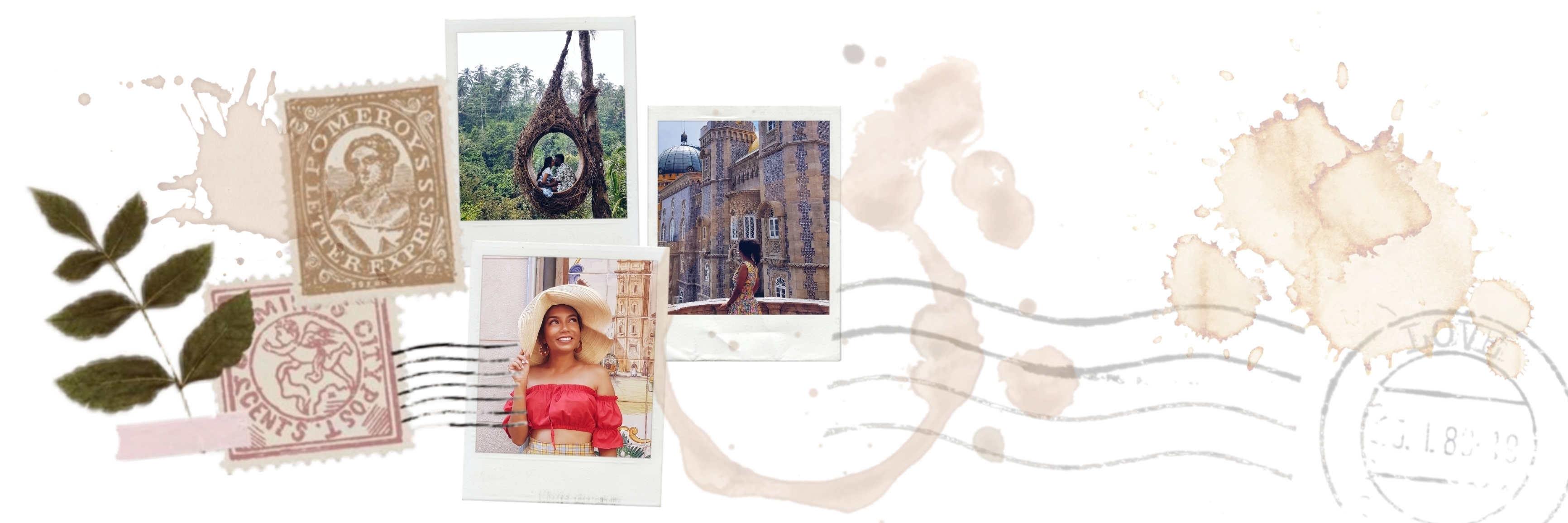
Travelogue
Looking for travel tips and inspirations? Here is a collection of the places I’ve travelled to, experiences, reviews, itineraries and more.








